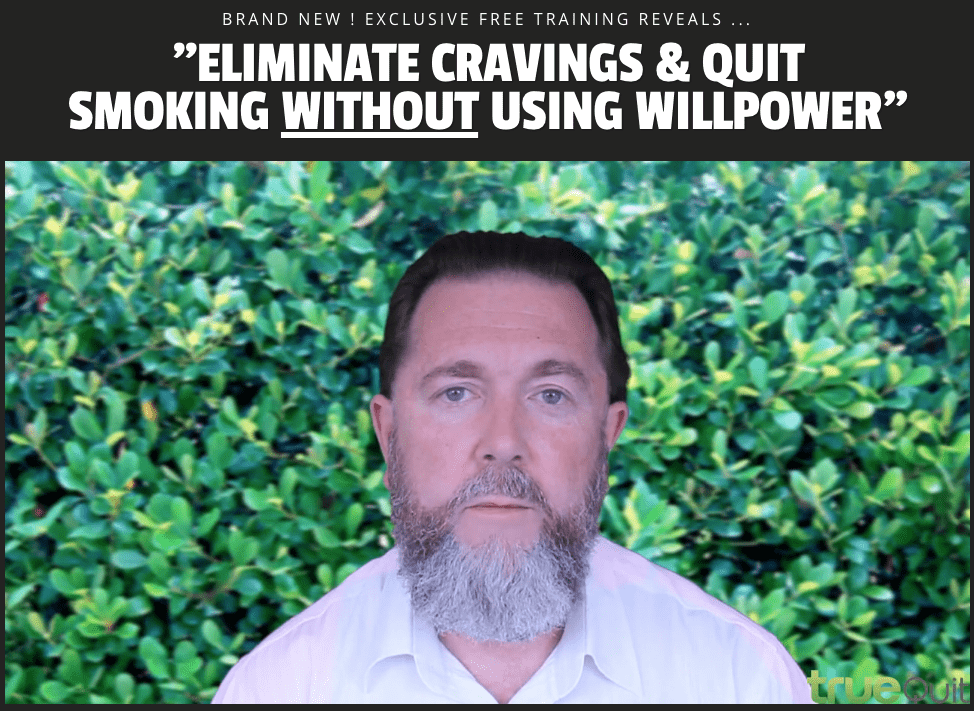Quitting smoking may seem impossible for some. But with the right perspective, the road to becoming a non-smoker again can be much smoother than you think.
As smokers, we can name many reasons for not wanting to quit. We may tell ourselves that we enjoy cigarettes, especially for calming us down. But the most common reason why we can’t quit is the belief that our body needs nicotine. As soon as we start smoking, we think that our body will always crave nicotine.
Well, this is a misconception. Yes, your body gets used to a certain amount of nicotine over time. But it will completely ‘forget’ about it in 10 days or less. When this happens, your body doesn’t have or need any more nicotine.
But how come we continue to crave cigarettes even after our bodies are free of nicotine? Let’s explore the most common forms of cravings and why overcoming them is a lot less scary than you think.
The Physical Cravings – What Your Body Wants
There are two main types of cravings – physical and mental. Those who say that their body depends on nicotine are referring to physical cravings.
As you smoke, your body gets used to a certain amount of nicotine. But since the body recognises that it’s not a useful substance, it filters it out constantly. When the nicotine level is low enough, you feel a need to light a cigarette and replenish it. Once it rises again, the craving is gone.
As long as you keep refuelling your body with nicotine, it will need more of it. But as soon as you quit, you break the cycle and your body will rapidly get rid of it. It’s this readjustment period that can trigger physical cravings.
On average, it takes around three days for 80% of the nicotine to leave your body. After about 10 days, it’s all gone. Your body doesn’t have any nicotine left, and there shouldn’t be any more physical cravings.
But why do we still feel a strong urge to smoke even when our body is clear of nicotine? It’s the other form of cravings that’s to blame here.
The Mental Cravings – What Your Mind Wants
Your mind is complex. When it gets used to something, its response to not having it can be more severe than physical cravings.
You see, there’s no connection between physical and mental cravings. Your body needs nicotine for the first few days after quitting, but your mind doesn’t. Instead, it craves the act of smoking a cigarette.
This is a deeply-rooted subconscious mechanism that almost all ex-smokers long for to a certain degree. If you’ve been smoking for a long time, there are many events that become associated with smoking. When those events happen and you’re not smoking, your mind registers that something is missing. This is how you feel a mental craving.
What’s more, your mind sees non-smoking as a future pain. This is why it triggers the fight or flight mechanism. It disables rational thinking and powers the craving even further. This is why you might feel like you need a cigarette even if your body is free of nicotine.
A logical solution to this is to rewire your brain back to the non-smoker state. You’d prevent the craving mechanism from triggering and stop wanting cigarettes altogether.
Let’s dive a bit deeper into why this is much easier than it seems
Why It’s Easier Than You Think
The biggest fear that we have as smokers have is that quitting means that we’ll have to change our life dramatically. We won’t be able to enjoy our coffee anymore. Social gatherings might not be as fun.
The truth is: None of this is true.
Unlike what many think, smoking isn’t an ordinary habit, like a regular routine. It’s an addiction and getting rid of it can only make your life better.
In fact, with the right strategy, your daily life doesn’t have to change at all. You’ll continue to do the same things in the same fashion. After the first few weeks of non-smoking, you’ll see that this is true.
As far as physical cravings go, the vast majority of us can handle them. As mentioned, it doesn’t take long for nicotine to leave your body, so powering through these cravings shouldn’t be a problem.
But this doesn’t mean that you should struggle or suffer. The True Quit treatment helps the body adjust to life without nicotine. This means milder physical cravings and shorter durations.
Mental cravings, on the other hand, need a different approach. As mentioned, they’re deeply rooted in your subconsciousness, so you might think that eliminating them is a major challenge.
But it doesn’t have to be. True Quit can help you overcome mental cravings by stopping them from coming on. You can eliminate these cravings as soon as they occur as if you were never a smoker.
The reason why this is possible is simple. Your mind has great learning capacity. And dealing with cravings is not unlike learning any other skills. It’s not luck and it’s not bigger than you; it’s just an exercise that you can repeat until your brain rewires completely.
Now, there’s another important thing that you need to understand…
NRT Doesn’t Work
We all know that cigarettes are bad. But when trying to quit, we often replace them with what we believe to be healthier options. This is also known as NRT (Nicotine Replacement Therapy).
Such therapy makes use of patches, lozenges, gums, and such. We think that they’ll help to slowly expel nicotine from our system until it’s all gone.
Except that this isn’t how it works.
The only thing that NRT does is re-fuel your body with nicotine in a way other than smoking. This means that it keeps the addiction going rather than helping you battle it. It’s a highly ineffective method that only prolongs the period of your body’s nicotine cleanse.
Besides, NRT doesn’t do anything for mental cravings, which we’ve established to be what makes it hard to stay smoke-free in the long run. With this in mind, it’s easy to see why NRT is highly ineffective and won’t yield the results that you’re looking for.
The only true way of quitting is to let your body clean itself of nicotine and then rewiring your brain back to the state of a non-smoker.
You Can Do This. The Story of Judy Tobin
Judy Tobin’s experience is proof enough that quitting is much easier than it may seem. After smoking for more than 40 years, Judy has been smoke-free for three months and counting.
Like many of us who want to quit, Judy tried a number of options. Over the years, these methods would only leave her disappointed. She’d be fine for a few weeks before giving into cravings and relapsing.
But this all changed when she joined True Quit.
Before that, she saw the introductory video and was very excited about the fact that there were no chemicals, gums, or other replacements. She reached out to True Quit and signed up. She had one month before her Quit Day, which was enough for her to prepare and acquire all the knowledge that she needed.
Judy says that she did have a few hiccups along the way, but she’s quick to credit the amazing support she received for getting her back on track. She’s now on the way to being smoke-free for life. As you might imagine, Judy recommends True Quit to everyone who wants the same
There are many stories along the line of Judy’s. With the help of True Quit, many people can now call themselves non-smokers for life. Better yet, they have no cravings for they know how to keep them at bay at any given moment.
The Only Method You’ll Need
As you can see, quitting smoking is about eliminating physical and mental cravings. Once they no longer have any power over you, you’ll be a non-smoker without the constant need to fight them with willpower. Many people have already done it, and so can you.
Judy and many other ex-smokers agree that the True Quit method is the only one you’ll need to quit smoking forever. The road to being smoke-free will be smooth and without you having to struggle with cravings.

